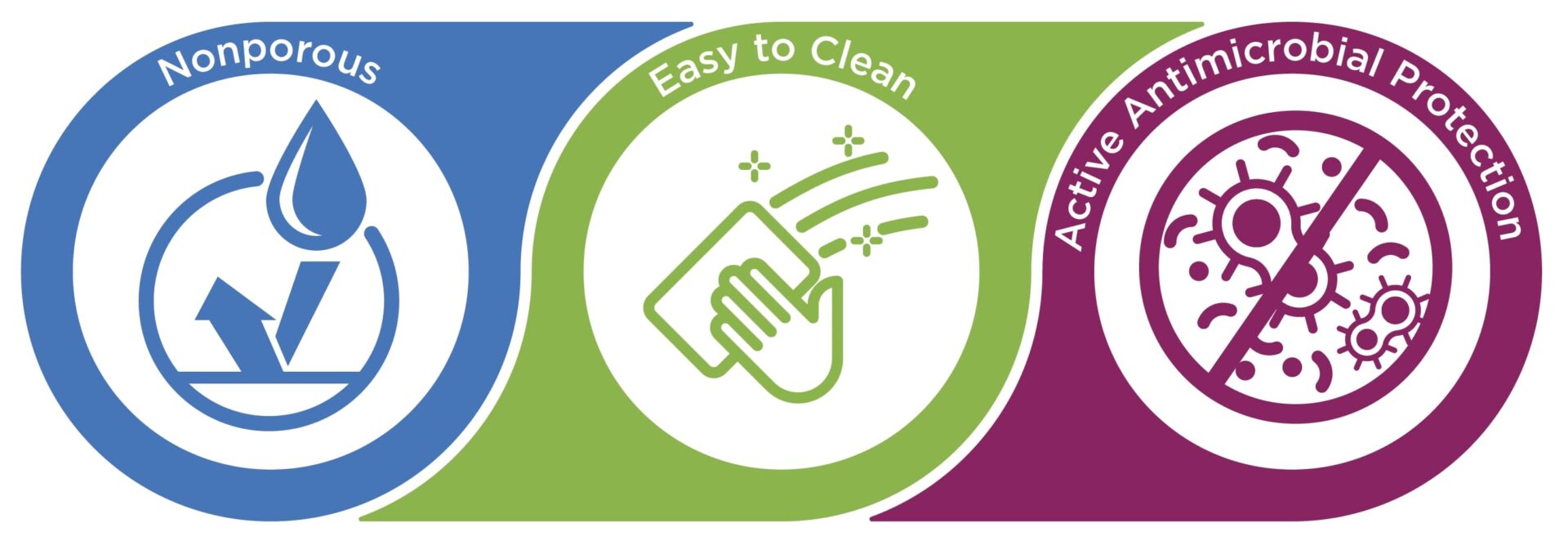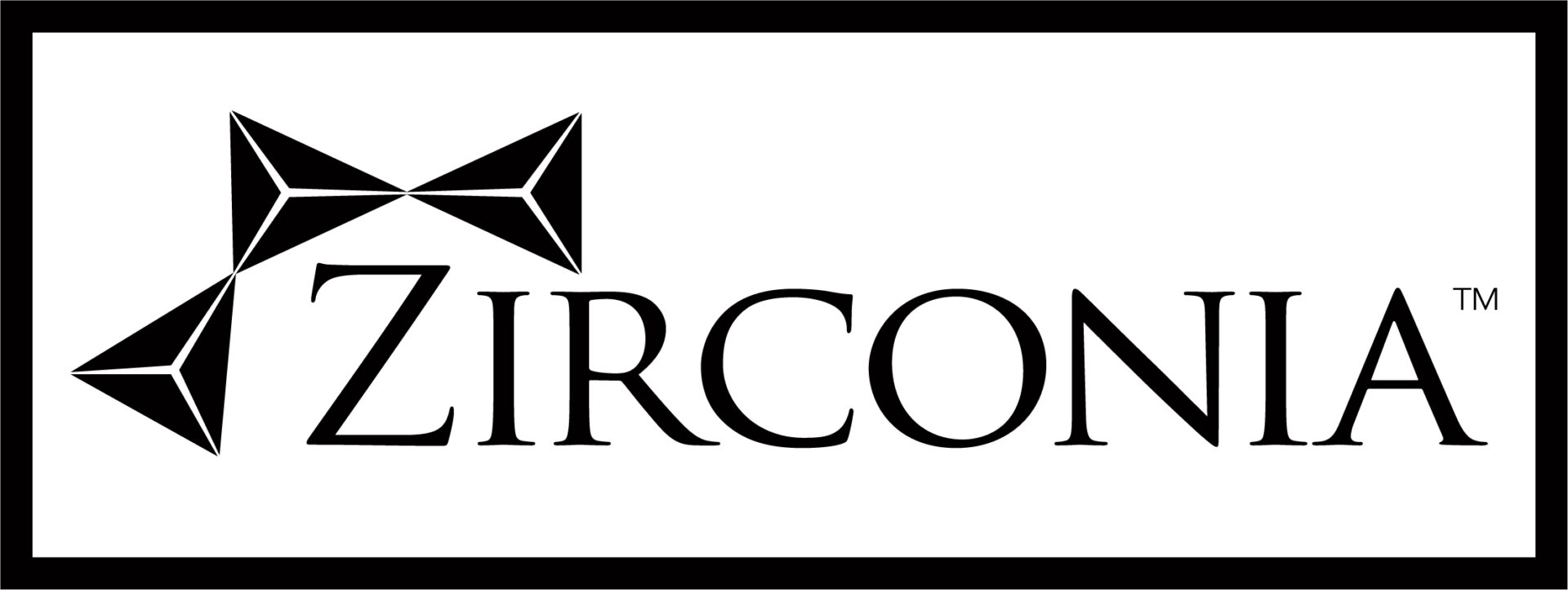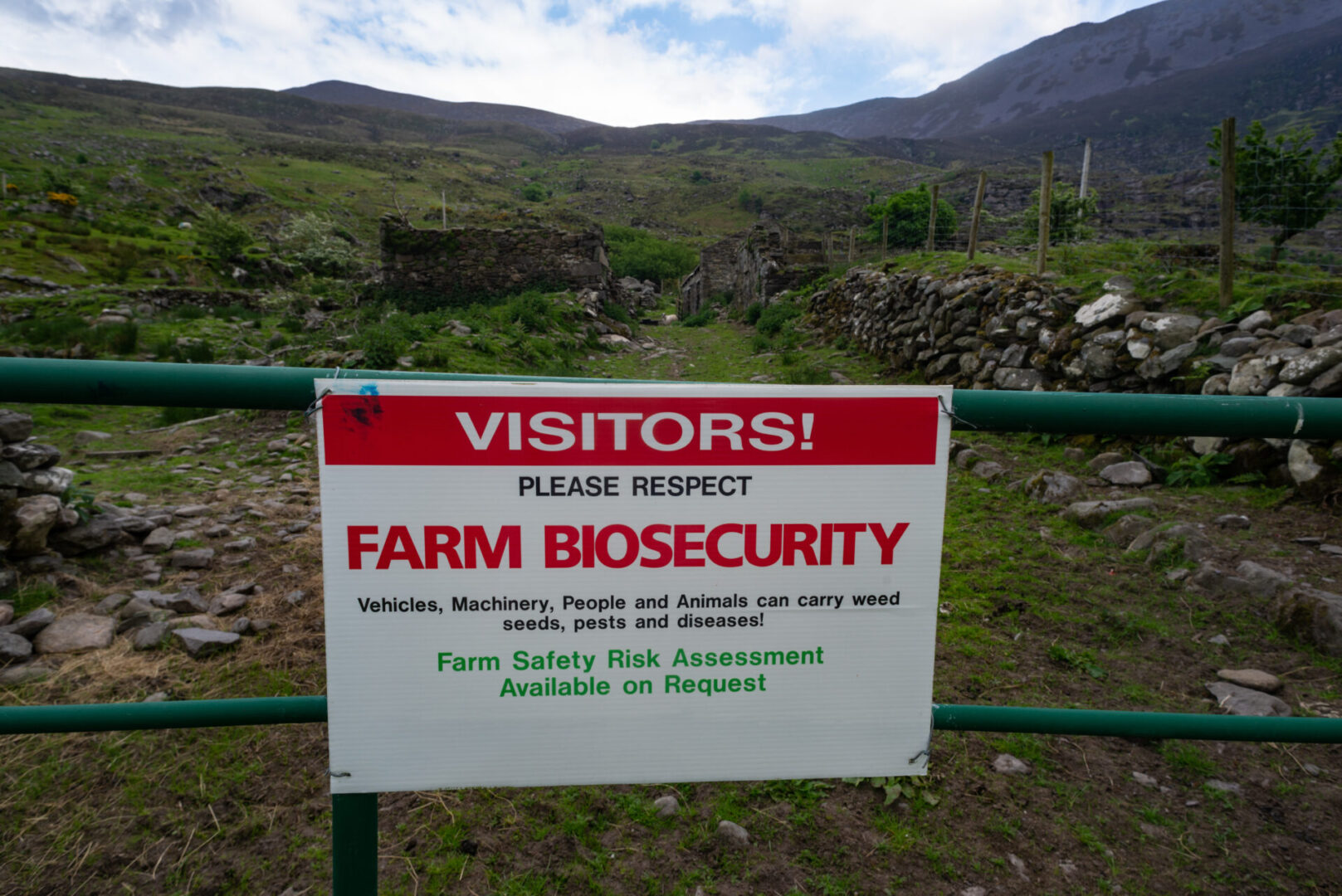
BioSecurity
Biosecurity is the act of preventing the spread of microorganisms (viruses, bacteria, fungi, and more) to animals and humans, which can be transmitted through surfaces, food, water, air, and soil. Structural biosecurity is the building, engineering, and design controls that assist in this prevention. Zirconia has revolutionized structural biosecurity through new surface coating technology that transforms surfaces and structures to be Biologically Impervious™ to all microorganisms.
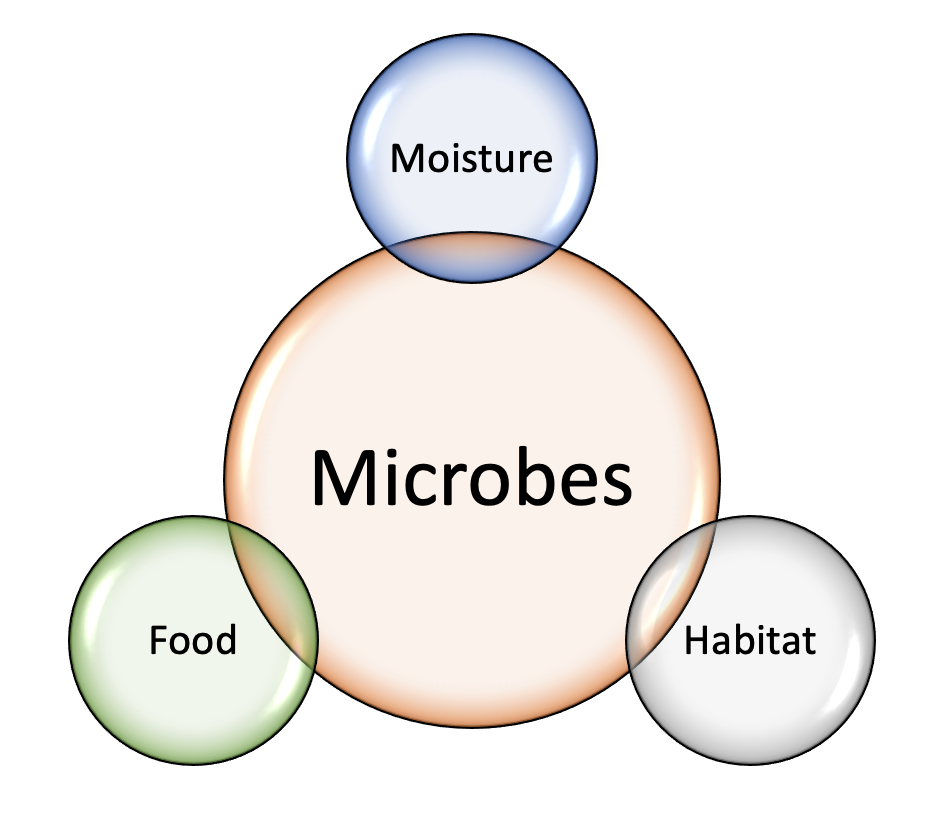
Microbe Survival
Just as humans and animals, microorganisms need habitat, moisture, and food (nutrients) to survive and grow. Microbes are a little more complex and need specific ranges of pH, temperature, and oxygen as well, but if any one of the main needs of habitat, water, and food are eliminated, microbes cannot survive and grow.

When it comes to infrastructure building materials, the supply of food and moisture to microbes is inextricably linked through habitat in the building material itself. This is true for any material, such as concrete, steel, stainless steel, wood, PVC, and more. All of these materials are either grossly porous (wood, concrete) or microporous (stainless steel, PVC), trapping food and nutrients for microbes that contaminate those ready habitats.
Modern Antimicrobial Materials
Until now, there have been imperfect modern designs for preventing microbe contamination. For example, materials such as stainless steel and PVC are used in food manufacturing since they were designed to be less porous and easier to clean. Though these materials meet the governmental standard of non-porous, there are micro-pores in both of these materials that are large enough for microbes to live in. For concrete, there are epoxy and urethane coatings to prevent degradation. However, these coatings can only form a physical bond with the textured surface, and these fail by peeling, cracking, and allowing moisture to seep in from underneath the concrete. Due to the inevitable failure of all these designs, there are harsh chemicals and cost/time-intensive cleaning protocols to eliminate microbes.

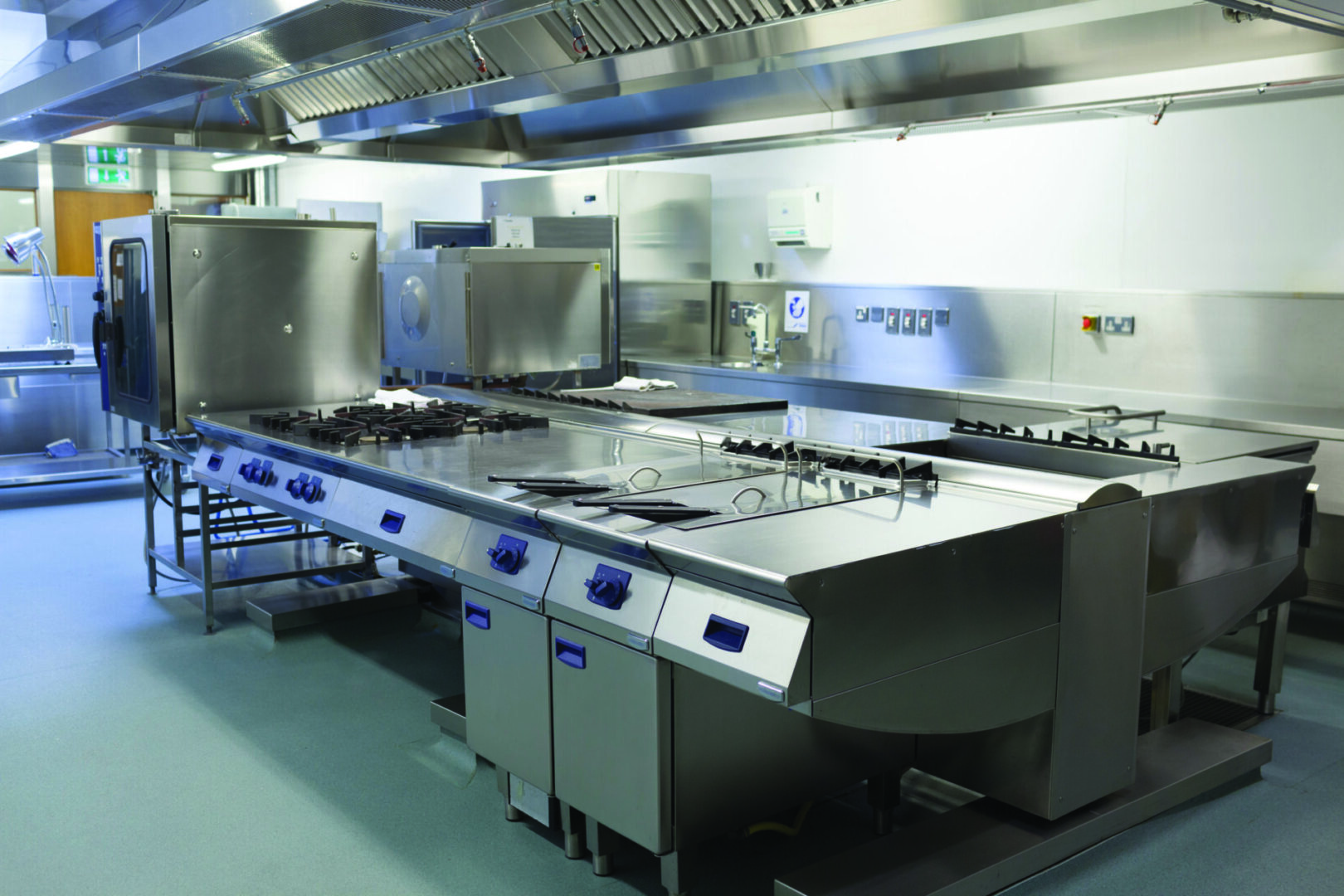
Biologically Impervious™
Biologically Impervious™ refers to surface systems that are engineered with very specific characteristics to perpetually prevent the survival of microbes within and on infrastructure surfaces, which can destroy building materials as well as cross-contaminate food, water, animals, and humans.
All Zirconia systems include the following three characteristics and properties that make them Biologically Impervious™: non-porous, easily cleanable, active antimicrobial layers.
Non-porous: unlike any other surface coating, Zirconia's ceramic surface technologies chemically bond with the surface and fills in all gross and microscopic pores. Pores are filled down to the single nanometer measurement, leaving nanopores so small that even the smallest microbe cannot penetrate, also blocking out moisture and nutrients needed for microbe survival. Compare this image of concrete treated with Zirconia's CeramycShield with the porous raw concrete image above. (Insert image "Eliminates. Voids")
Cleanable: due to the virtual elimination of all pores, and the combination of ceramic surface technology with urethane and other coating sealants (such as Zirconia's ComposiCoat XD™ Floor Finish), surfaces are so smooth that they are cleanable with just water. Because any cross-contamination of microbes would be limited to the surface only and without penetration into the surface material (through cracks, fissures, and pores as in non-treated surfaces), cleaning is less time and material intensive, and the use of harsh chemicals can be virtually eliminated (depending on the industrial use of the surface).
Active Antimicrobial Protection: All Zirconia coating systems employ some form of one or a combination of multiple antimicrobial mechanisms. The different types of antimicrobial actions can come through several different forms:
